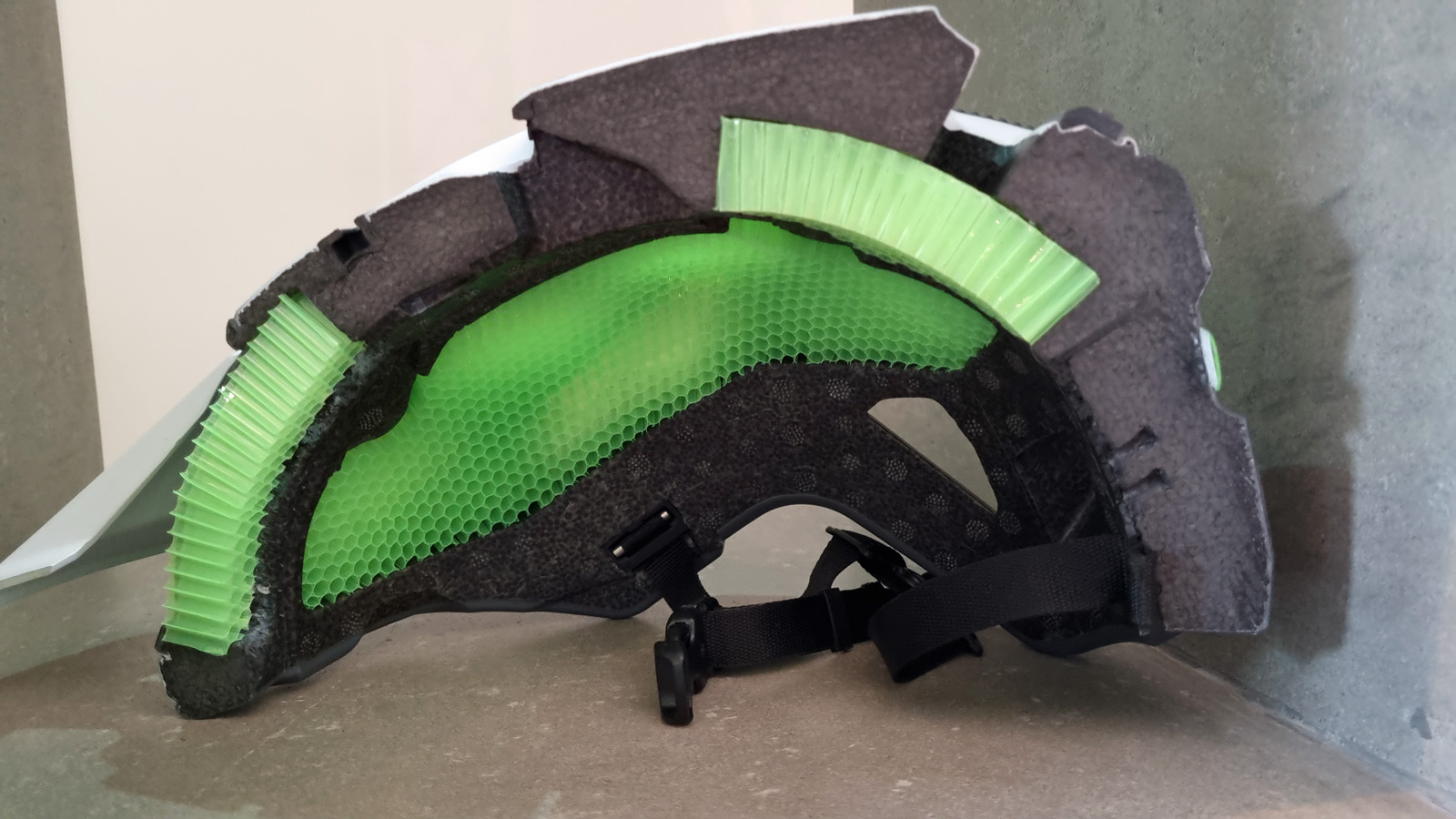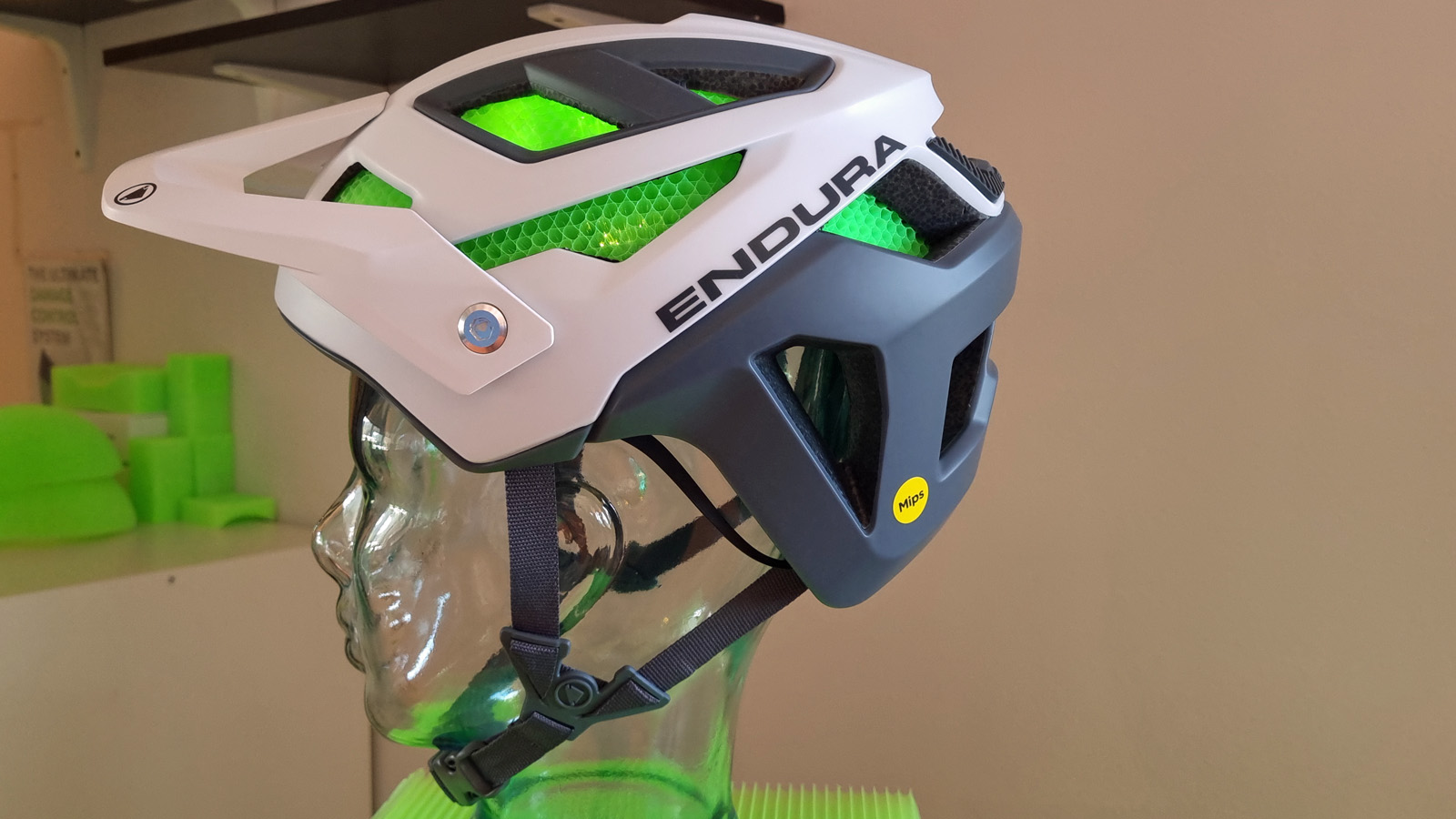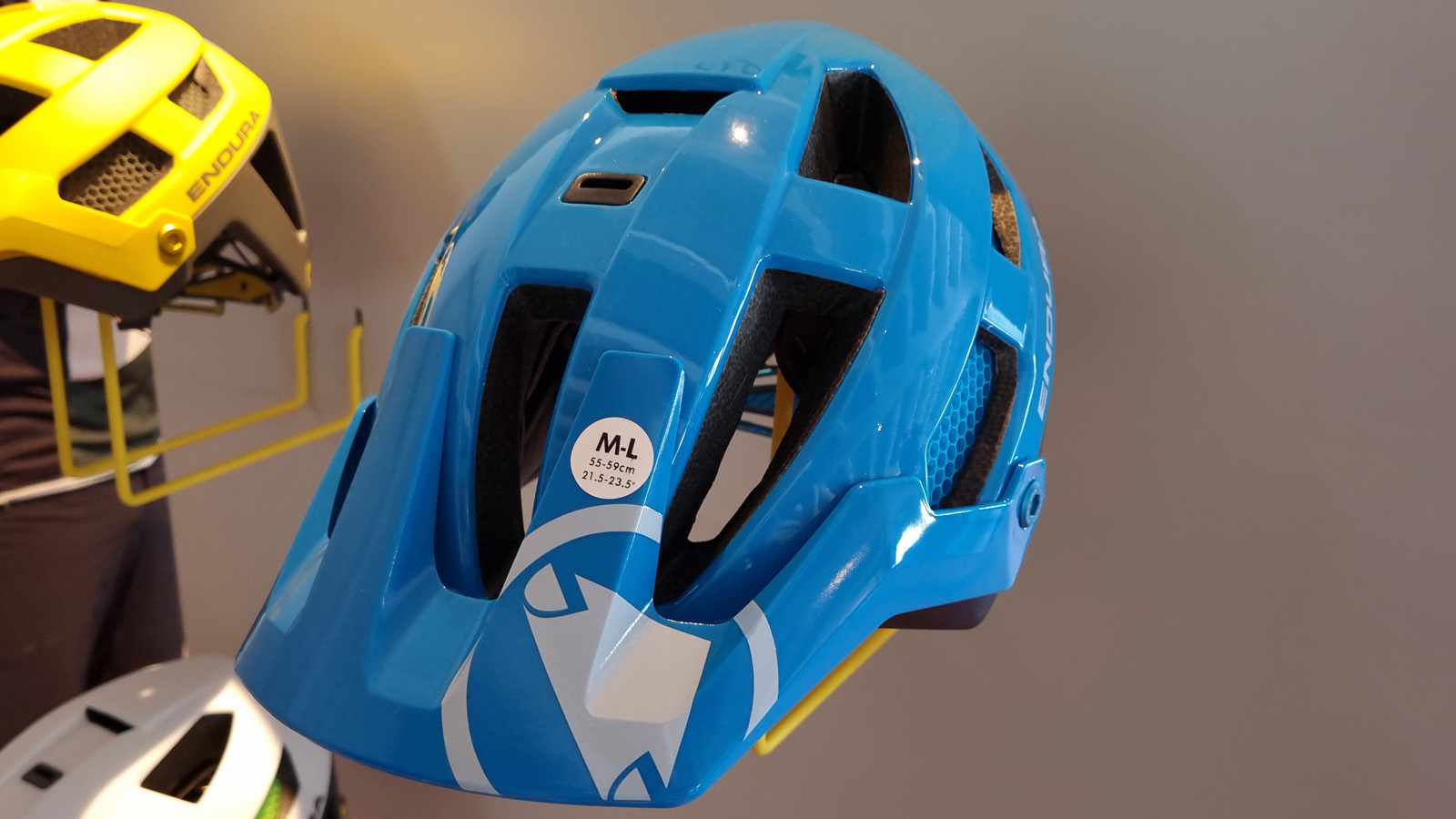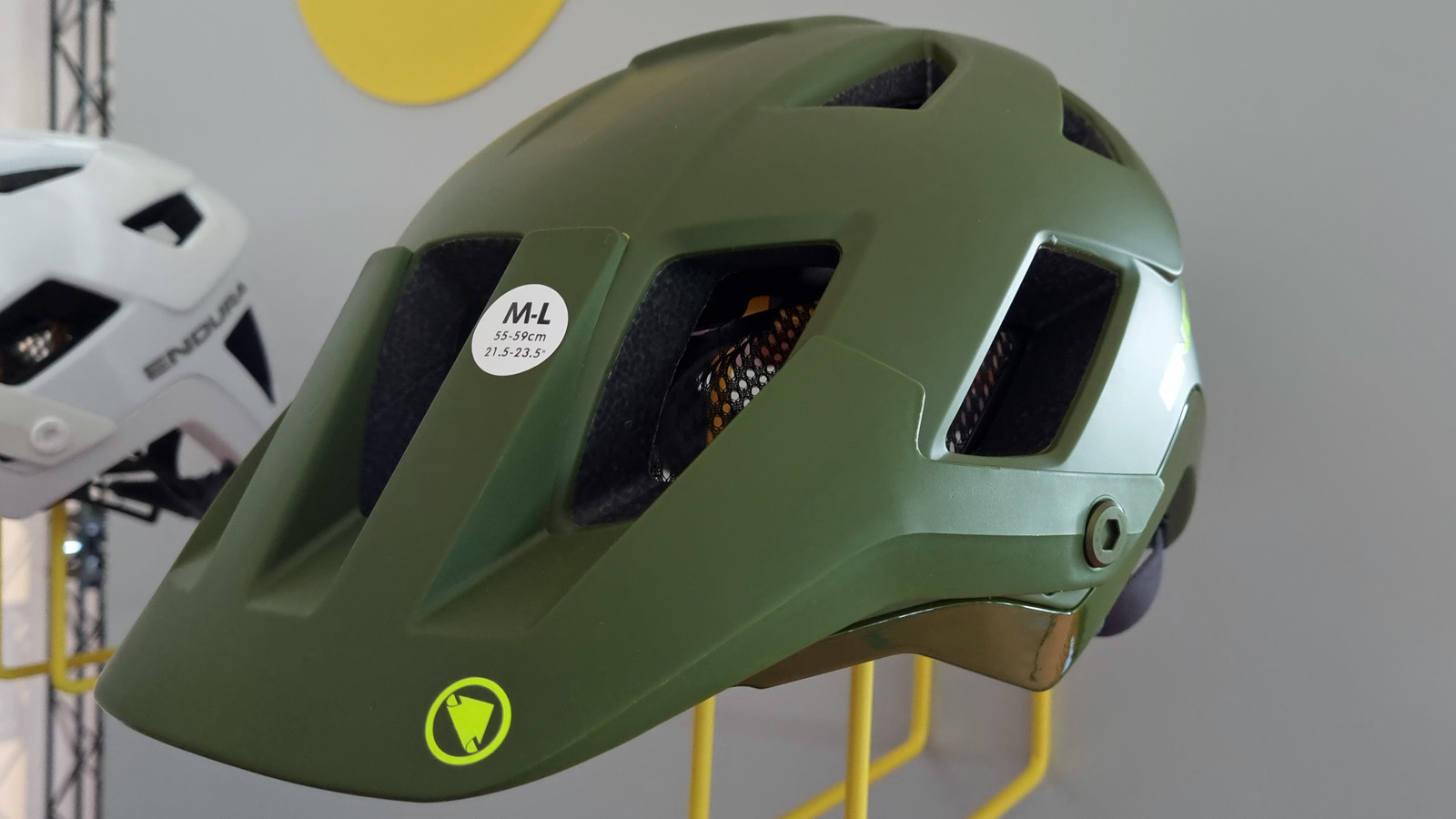Endura revamps its helmet range to now combine Koroyd and MIPS
The Scottish brand adds MIPS to its Koroyd-equipped helmets for the ultimate safety technology

Endura has completely overhauled its helmet range, combining MIPS and Koroyd technology for what the Scottish brand believes is the ultimate safety. While it may not be thought of as one of the world’s leading helmet manufacturers, Endura has in fact been in the helmet game for 10 years. It designed helmets from the ground up from the very beginning rather than purchasing an off-the-shelf model to customize and brand, as it’s so easy to do.
For this reason Endura certainly faced a few hurdles at the beginning, with its early Singletrack helmet failing to impress critics. However, over the years it has learned from experience and teamed up with the likes of Koroyd in 2014, gaining insight and expertise and eventually producing the MT500 helmet in 2017. Now with MIPS added to the roster in its newly refreshed range, Endura arguably offers some of the best mountain bike helmets for a range of disciplines, and the latest updates bringing MIPS into the fold, see the brand going from strength to strength and potentially offering some of the best MIPS mountain bike helmets as well.
Endura x Koroyd
Koroyd is a Monaco-based technology company that was founded on aerospace engineering principles, and has in recent years applied its innovations to bicycle helmets. Instantly recognizable for its honeycomb aesthetic, Koroyd is formed of welded tubes that are designed to crumple continuously on impact and absorb dangerous forces to prevent brain injuries.
Since its introduction to the bike helmet market, it’s gradually been replacing elements of EPS foam — the material traditionally used in helmet manufacture — which in turn offers lighter weights overall, since around 95 percent of it is essentially air. According to Koroyd, whose technology has been incorporated in refrigeration, studies have shown that its open cell construction actually pulls hot air from the rider’s head and allows for more efficient cooling and breathability.
Its application in Endura’s helmet range comes in two forms: Halo and Zonal. Halo is found in the newly updated MT500 helmet, and refers to the amount of coverage offered, traversing the majority of the head. Zonal, on the other hand, refers to Koroyd application where it’s placed only at the sides of the helmet, leaving an open space at the top of the head. This is aimed at the mid-level market, bringing costs down but also, according to Koroyd, offering increased safety at the sides of the head where 64.4 percent of impacts take place.
Endura x Koroyd x MIPS
Swedish company MIPS is an engineering and science-led technology company. It’s arguably the leader in helmet safety technology, with what it claims to be the world’s most advanced helmet testing laboratory in its Stockholm HQ. Many will already be aware of its use in hundreds of helmets across the market, and will be familiar with its distinctive yellow layer (which, incidentally, is now missing as it opts for a more subtle black/gray color).
MIPS technology targets rotational forces that have been shown to be a major contributing factor to brain injuries and concussions. According to the brand, the design was inspired by nature: between the brain and the skull is a layer of cerebrospinal fluid, so the MIPS layer essentially mimics the brain’s natural function.
Now with both technologies deployed in its new MT500 helmet, Endura could be taking bike helmet development to a new level.
Updated Endura helmet range

MT500 MIPS
What started as a refresh turned into a full-on overhaul for Endura’s flagship all-mountain enduro helmet. The new model sees increased head coverage in the front and back, continues to use Koroyd’s Halo system, and now receives an additional MIPS layer.
The helmet is designed for all-day use, with comfort being a major consideration in its development. The mold was tweaked, and the team focused on padding layout, materials used, and their interaction with the head’s contact points. Large open vents and internal air channels are claimed to increase ventilation by 26 percent compared to the previous model.
Another upgrade comes in the form of Endura’s new fitment system, which comes with a more premium look and feel that’s low-profile and sleek. The strap divider has also been refined and slimmed down to sit well under the ears and keep straps flush with the face.
The adjustable visor has a large range of movement, Chromed screw bolts are there to add a more premium feel to the exterior, and there’s space for a GoPro mount and eyewear storage.
The new MT500 MIPS comes in six color options with multiple shell splits around the vents to allow for a mixture of matte and gloss finishes.
It has a claimed weight of 400g in a size M/L, and retails for $TBC / £169.99 / €189.99.

Singletrack
The mid-level Singletrack also sees increased head coverage at the front and back, as well as a refreshed and more up-to-date design. The peak is more integrated, compared to the previous model, and large vents allow for more cooling.
It receives Zonal Koroyd protection, whereby the Koroyd is deployed at the sides of the head, leaving the center open for ventilation. Using Zonal Koroyd helps to keep the price down, while still providing protection where most impacts tend to occur.
It also receives similar finishing detail to the MT500, including the strap divider, fitment system, GoPro mount and rubber inlay.
It’s available in six color options and you can choose between a standard model or one with MIPS.
The standard model has a claimed weight of 300g and retails at $TBC / £89.99 / €99.99, while the MIPS model is said to weigh 330g and retails at $TBC / £109.99 / €119.99

Hummvee Plus
At the entry-level sits the Hummvee model, now in its ‘Plus’ guise, thanks to its recent refresh. The Hummvee Plus features a less aggressive design than its stablemates listed above, and has been completely redesigned to have a more modern finish that brings it up to date with today’s aesthetic trends.
There are five color options to choose from, and you can choose between a MIPS model that weighs 300g and costs $TBC / £84.99 / €99.99, and a standard model that weighs 350g and costs $TBC / £64.99 / €74.99

Mildred previously worked as a review writer for Bike Perfect. She enjoys everything from road cycling to mountain biking, but is a utilitarian cyclist at heart. Determined to do everything on two wheels, she's even moved house by bike, and can regularly be found pedaling around Bristol and its surrounding areas. She’s spent over four years volunteering as a mechanic and workshop coordinator at the Bristol Bike Project, and now sits on its board of directors. Her expertise comes from previously working in a bike shop and learning the ins and outs of the industry, and she's previously written for a variety of cycling publications, including Bikeradar, Cycling Plus, Singletrack, Red Bull, Cycling UK and Total Women's Cycling. At home on slicks and knobblies alike, her ideal ride covers long distances through remote countryside, on mixed terrain that offers a bit of crunch, followed by a gourmet campfire meal and an overnight bivvy beneath the stars.
Rides: Stayer Groadinger UG, Triban RC520 Women's Disc, Genesis Flyer, Marin Larkspur, Cotic BFe 26, Clandestine custom bike
Height: 156cm (5'2")
Weight: 75kg
